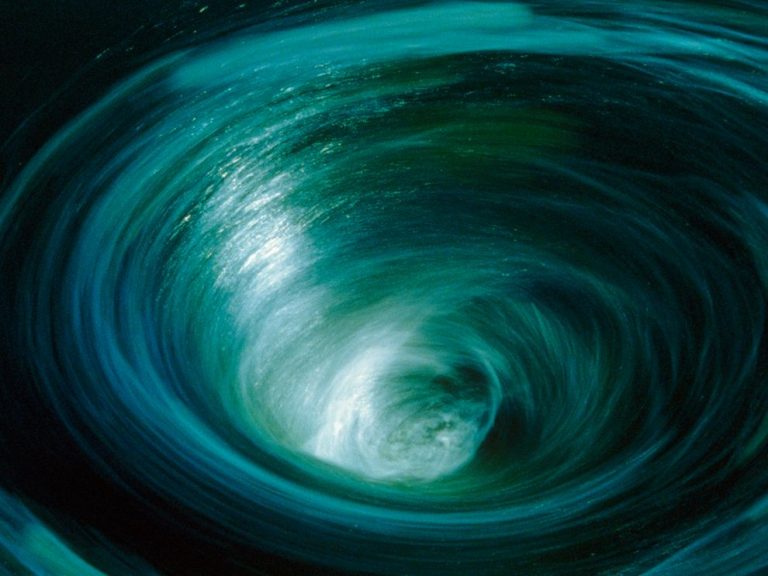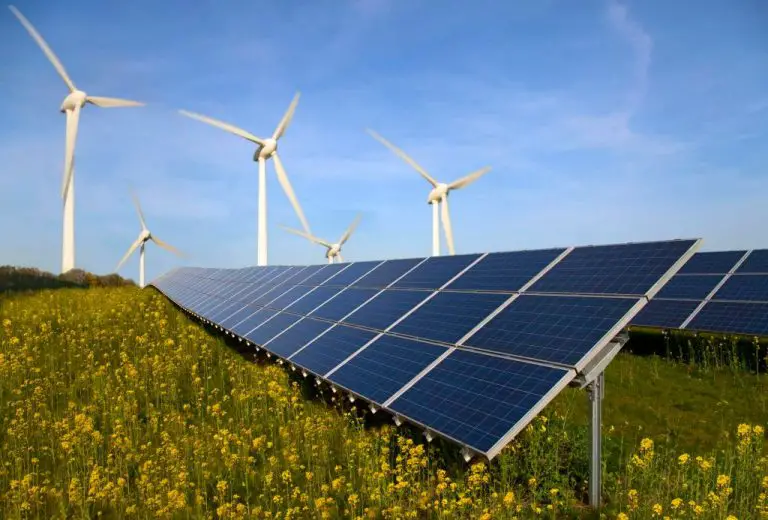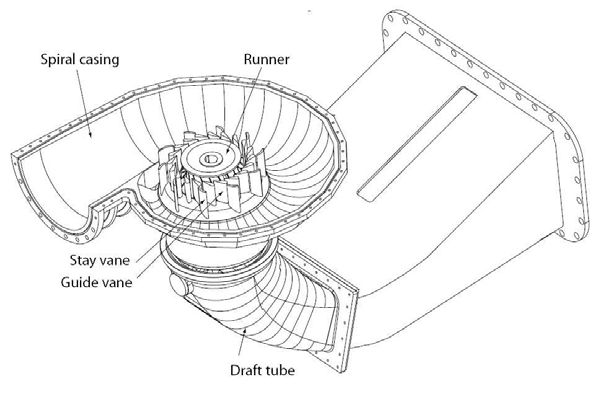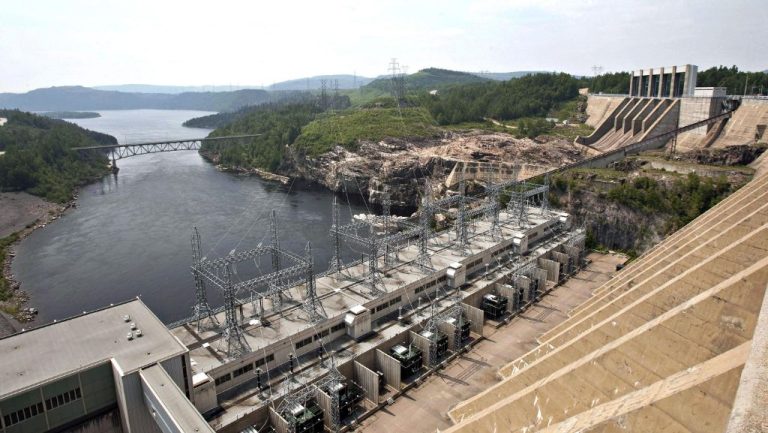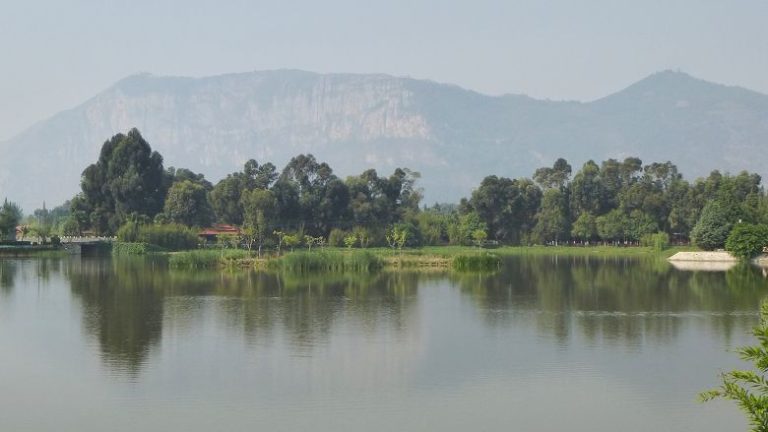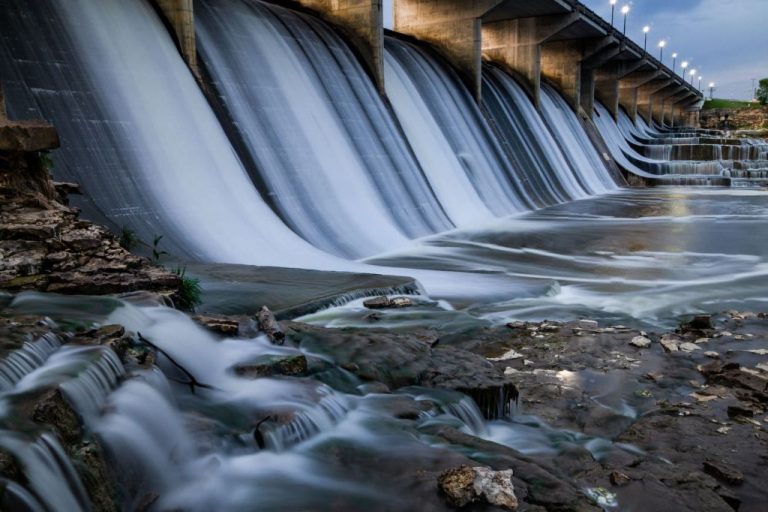How Long Does A Hydroelectric Generator Last?
Hydroelectric power is a renewable energy source that uses flowing water to generate electricity. A hydroelectric generator converts the kinetic energy of falling or flowing water into electrical energy. Hydroelectric generators, also known as hydroelectric turbines, are the heart of a hydroelectric power plant, as they are responsible for producing the electricity.
Hydroelectric generators rely on dams and reservoirs to control water flow and provide a consistent supply of water to turn the generator turbines. The motion of the flowing water powers a turbine that is connected to a generator to produce electricity. Hydroelectric generators are highly efficient at converting mechanical energy into electrical energy.
Typical Lifespans
The major components of a hydroelectric plant have varying lifespans. According to the U.S. Department of Energy, the average lifespan of major hydroelectric components are:
- Turbines – 50 to 80 years
- Generators – 30 to 50 years
- Electromechanical equipment – 25 to 40 years
- Controls and Monitoring Equipment – 15 to 25 years
- Intake Gates/Valves and Trashracks – 25 to 40 years
Dams are designed for extremely long lifespans of around 50 to over 100 years. Concrete gravity dams in particular can last over 100 years with proper maintenance. Earthen embankment dams typically need repairs and upgrades more frequently with lifespans around 50 years (Predicting the Remaining Life of Generator Components).
Turbine Lifespan
The lifespan of a hydroelectric turbine depends on several factors:
Maintenance – Regular maintenance like lubrication, inspection, and part replacement helps maximize turbine lifespan. Lack of maintenance can lead to premature wear or failure.
Operating hours – More operating hours put more stress on turbine components, so turbines that run consistently tend to have shorter lifespans than peaking turbines. Regular use also makes maintenance more critical.
Water quality – Sediment and debris in the water can erode turbine blades and other components. Water treatment systems help mitigate this wear and prolong lifespan.
Operating conditions – Heavier loads and frequent start/stops add more stress than steady loads. Exceeding design parameters also shortens lifespan through cavitation, vibration, and other effects.
Technology improvements – New runner designs, materials, and manufacturing methods continue to extend turbine lifespan. Upgrading old turbines to newer technologies can prolong their useful life.
According to the Office of Energy Development, with proper maintenance, turbines can operate well beyond 50 years. But lifespan varies widely based on operating conditions and technology.1
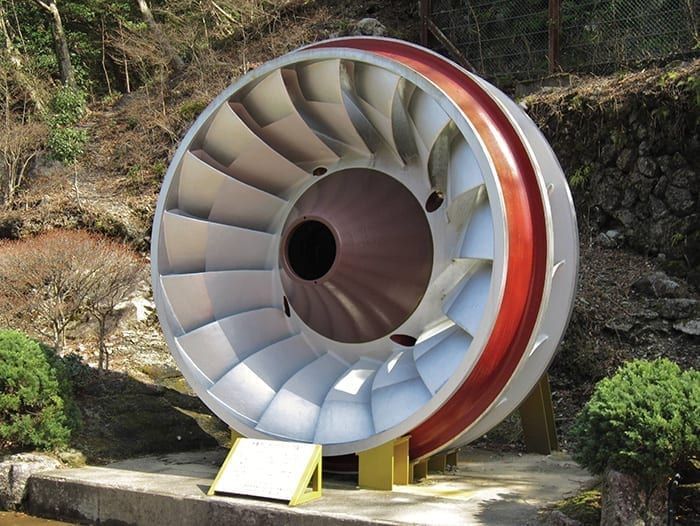
Generator Lifespan
The lifespan of a hydroelectric generator can vary greatly depending on several factors. Some of the main factors affecting generator lifespan include:
– Operating hours: Generators that run more frequently tend to have shorter lifespans. Peaking plants that only run during high-demand hours will last longer than baseload plants that run most of the time.
– Operating conditions: Factors like water flow, head height, and load affect wear and tear. Steady, optimal conditions extend generator life.
– Maintenance: Regular maintenance like oil changes, inspections, and part replacements increases lifespan. Lack of maintenance leads to shorter lifespan.
– Upgrades: Technology improvements allow generators to be rewound/refurbished to extend lifespan. Lack of upgrades shortens lifespan as parts wear out.
– Design and materials: More robust designs and better materials like improved copper windings increase lifespan. Older or cheaper designs fail sooner.
With proper maintenance and occasional upgrades, hydroelectric generators often last 60-80 years (OED: Fuel Facts: Hydroelectric Power). Some generators operate over 100 years before full replacement (How long do hydropower installations last?).
Dam Lifespan
The lifespan of a hydroelectric dam depends on several factors:
The structural design of the dam – Well-engineered dams made of durable materials like concrete or earth/rockfill can last over 100 years with proper maintenance.
Maintenance and repairs – Regular maintenance and repairs are crucial for extending the life of a dam. This includes monitoring for cracks or leaks and making repairs as needed.
Siltation levels – Large amounts of silt building up in the reservoir can reduce storage capacity and put more pressure on the dam. Managing siltation through dredging impacts lifespan.
Spillway capacity – Having adequate spillway capacity to handle major flood events reduces strain on the dam structure.
Seismic activity – In regions with frequent earthquakes, dams must be engineered to withstand seismic forces. Earthquake damage can shorten the lifespan if not addressed.
According to an article on a Malaysian news site, “A hydroelectric dam’s lifespan could go beyond 150 years” with proper maintenance and management (Johor govt studying dam idea). Concrete and earthen dams typically last at least 100 years barring major failures.
Maintenance
Regular maintenance and repairs are crucial to extending the lifespan of hydroelectric generators. Preventative maintenance helps minimize wear and tear, while timely repairs are needed to fix components before damage spreads. Maintenance schedules vary based on factors like equipment age and manufacturer recommendations, but typically involve:
Hydro plants schedule outages every few years to perform major overhauls. This involves disassembling and rebuilding turbine-generator units to recondition or replace worn parts. While time consuming and costly, overhauls extend operational lifetimes by restoring equipment to near original specifications.
With regular upkeep, minor repairs, and periodic major refurbishments, hydroelectric generators can reliably operate for 50 years or more. Proper maintenance is the key to maximizing lifespan and return on investment.
Refurbishment
Hydroelectric generators typically need major refurbishment or replacement after 30-50 years of operation, depending on the amount of use and wear and tear. Signs that refurbishment is needed include declining efficiency, increased vibration, and abnormal noise [1]. Refurbishment involves disassembling, inspecting, repairing or replacing worn parts, and reassembling the generator. This restores optimal performance and extends the generator’s lifespan. Key parts that may need replacement include bearings, rotors, stators, shafts, and seals. Refurbishment frequency depends on factors like generator type, capacity utilization, and maintenance quality. With proper maintenance, some generators can operate 50 years or longer before needing major refurbishment.
Upgrades
As hydropower facilities age, upgrading old equipment can help improve efficiency, increase capacity, and extend the lifespan of the plant. Some common upgrades include:
Turbine upgrades – Older turbines can be replaced with new high-efficiency models like Kaplan, Francis or Pelton turbines. Upgrading to variable-speed turbines enables greater flexibility in power generation (Hydropower.org).
Generator upgrades – Rewinding or replacing old generators with new high-efficiency models reduces losses. Variable frequency drives can also be added to enable variable-speed operation.
Control system upgrades – New digital control systems optimize operations. They enable remote monitoring, faster adjustments, and integration with renewable sources.
Capacity increases – Upgrades like additional turbines or resized components can boost output. For example, adding a new powerhouse can increase capacity at existing dams.
These upgrades modernize aging infrastructure, extending facility life, and boosting efficiency and flexibility. The incremental upgrades keep overall costs lower compared to building brand new plants.
Decommissioning
There comes a time when hydroelectric plants reach the end of their operational lives and need to be decommissioned. Some of the reasons a hydro plant may need to be decommissioned include:
- The dam or other structures are no longer safe or able to withstand stresses like earthquakes. Safety concerns may necessitate decommissioning.
- Upgrades to meet environmental regulations are too expensive compared to generating capacity. It becomes more cost-effective to decommission than upgrade.
- Sediment build-up behind the dam has reduced efficiency and generating capacity to the point where operations are no longer revenue-positive.
- The operating license expires and renewal is denied or not cost-effective.
- Changing energy needs and new sources like wind and solar reduce the demand for the plant’s power generation.
According to one source, the cost of removing a hydroelectric dam is estimated to be 181% of the cost of building an equivalent new hydro plant (Decommissioning dams – costs and trends). With decommissioning being so expensive, the decision to take a dam offline is not made lightly.
Conclusion
The lifespan of a hydroelectric power plant depends on several components. The turbines and generators typically last 50-100 years with regular maintenance and minor upgrades. The concrete dam can last over 100 years with proper maintenance. Refurbishment of turbines and generators can extend the overall life of a hydro plant by decades. While individual components wear out, the plant itself can operate indefinitely with proper upkeep. Key factors influencing lifespan include the quality of initial construction, ongoing maintenance programs, and periodic upgrades to increase efficiency and capacity.
In summary, hydroelectric generators can operate for a century or more. With maintenance and upgrades, the power plant can produce renewable electricity for many generations.

